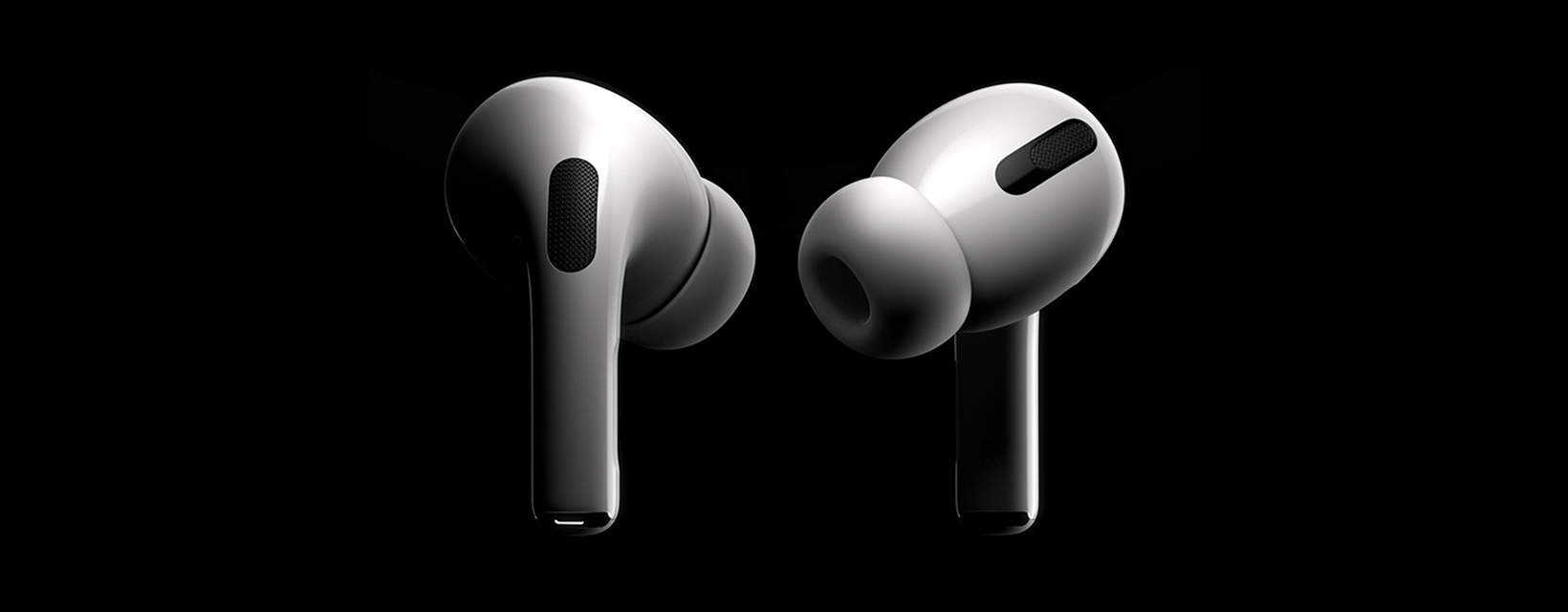Apple will likely announce new AirPods next week, which will be a small step for a much bigger hearables vision. We got another data point this week suggesting it’s a matter of when, not if, valuable health features will arrive on AirPods. The WSJ reported that Apple is studying how to make AirPods a health device, including the ability to function as a hearing aid, along with monitoring body temperature and posture. For example, similar to how the Watch can remind you to wash your hands, AirPods could prompt users to stand up straight when they detect slouching.
Adding health features to AirPods will align with a foundational investment concept at Loup, which is the idea of a virtuous cycle of mutual benefit. A virtuous cycle of mutual benefit is when a business provides increasing value to a consumer at comparable or lower prices, which in turn allows the business to extract more value in the form of more revenues and profits:
- Consumers will benefit from more powerful AirPods. For example, assuming AirPods are eventually approved as over-the-counter hearing aids, consumers will get a pair of fashionable hearing aids, which simultaneously function as noice-cancelling Bluetooth headphones, for a fraction of the cost (traditional hearing aids can cost thousands of dollars, aren’t fashionable, and don’t have features like noise-cancelling headphones or Siri).
- Apple will extract more value. As Apple increases AirPods’ capabilities, more revenue and profit will accrue to the company because it will expand the market for hearables by targeting a more specific consumer segment.
Expanding the hearables market
Although AirPods Pro can already function as light-weight hearing aids through their Conversation Boost feature, Apple is unable to market them as hearing aids due to antiquated federal regulations that require hearing aids to be sold by licensed specialists. The FDA is working to update the regulations and is expected to clear the way for a new class of over-the-counter products that would allow companies like Apple, Bose, and Samsung to market certain headphones as hearing aids. We believe this legal stamp of approval and further hearing aid features would significantly expand the market for AirPods by targeting a new, large customer segment.
We were surprised to learn that an estimated 40m, or 15% of US adults, have either mild or moderate hearing loss, yet only 10-15% of them use a hearing aid. A common reason for the low adoption is the stigma and aesthetic barrier that traditional hearing aids bring. If we assume a similar percentage globally have hearing difficulties, it would imply a pool of 850m adults. While the majority of this 850m are not iPhone users, and therefore less likely to buy AirPods, the market is still huge. For perspective, we estimate the global AirPods user base today is around 135m, or 15% of iPhone users, and the segment accounts for about 5% of total Apple revenue. Putting it together, bringing robust health features to AirPods should be financially material for Apple.
The AirPods virtuous cycle of mutual benefit will continue
Apart from health features, there are various augmented reality features we envision Apple could add to AirPods over time, further increasing the utility of the hearable for consumers and allowing Apple to extract more value:
- Hearable Spaces: Imagine walking through Central Park listening to an audiobook that takes place in Central Park. An audiobook with Hearable Spaces could navigate the reader through a story while experiencing the story’s location physically in real-time. Wikipedia could bring the physical world alive with its information plus an audio AR layer; museums could automate tours; retail stores could enrich their merchandising with additional product information; drive thrus could be a thing of the past.
- Crowd Noise: Live sports, gaming, and esports could be augmented by a real-time crowd noise audio track. Use the microphone on AirPods to gather the reactions of the audience, mix the audio into a single track of crowd noise, and feed that track back to the audio to augment the live viewing experience.
- Hello, My Name Is: Siri could notify you of someone’s name before entering a room or upon encountering a person you’ve met based on location and/or nearby iOS devices.
- Remote Listening: Listen to an event remotely via an iOS device at that location and your AirPods. This would require double opt-in from the source and the recipient. It could work much like the crowd-sourced location information Apple is gathering from the network of iOS devices around the world for the new Find My app. Selective Hearing could leverage the global network of iOS devices to share audio from a certain location to your AirPods.
- Teleportation: Users could enable the same type of audio sharing within their private network of iOS devices. Tap into your HomePod to check in at home.
